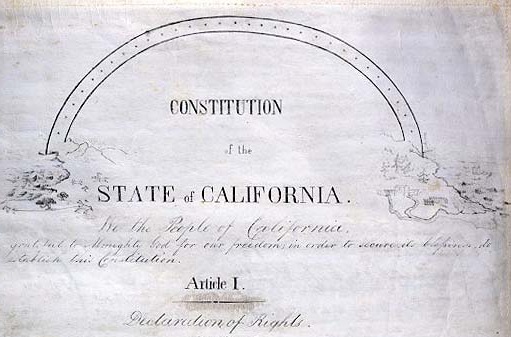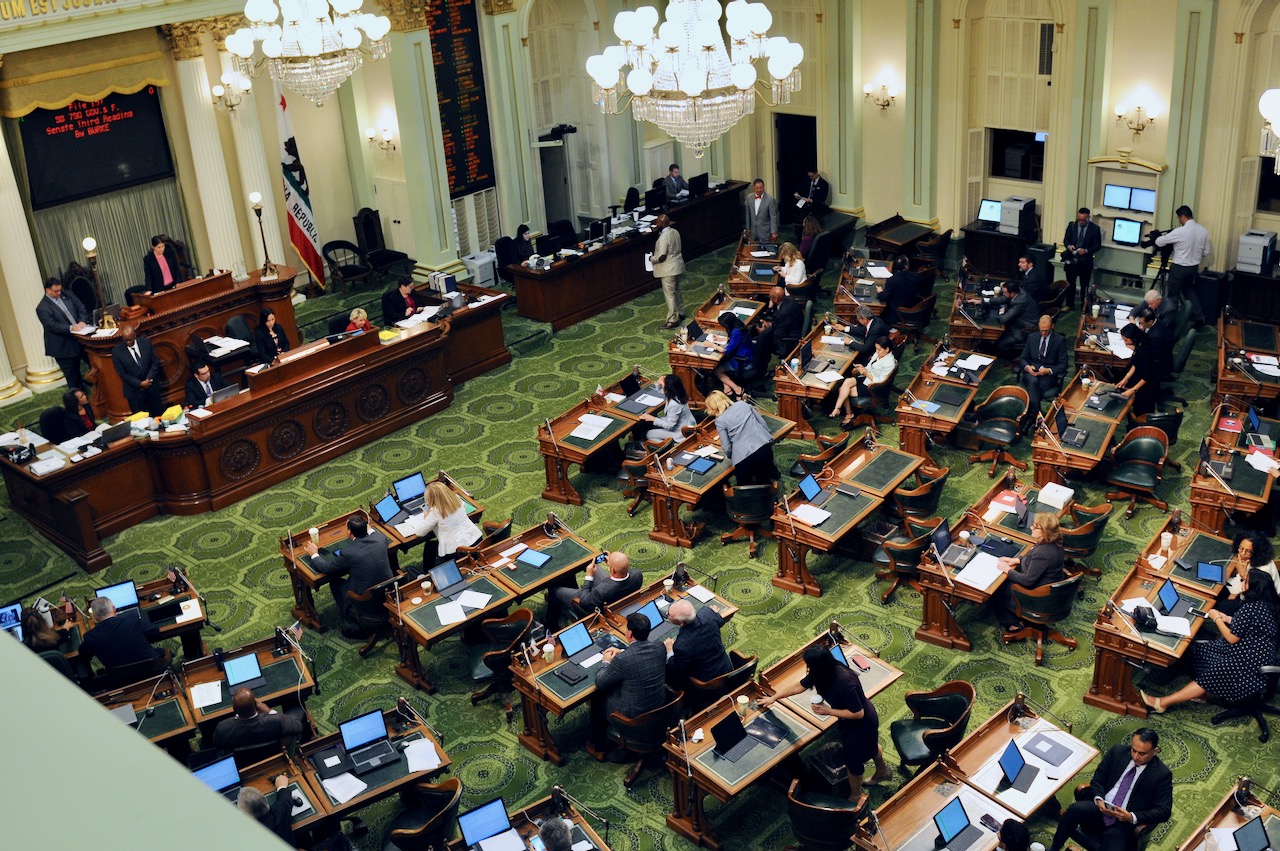
New Books Gives Keen Insights into California’s Legislature and Lawmaking
This book is a short, but thorough explanation of how and why the Legislature operates as it does
By Katy Grimes, July 19, 2024 10:00 am

Regular California Globe contributor Chris Micheli just released his newest practical guide, which is titled “A Complete Practical Guide to California’s Legislature and Its Legislative Process.”
Micheli said that the book is intended for those who want to have a good understanding about the California Legislature as an institution, as well as the lawmaking process. Micheli’s chapters are primarily written in a question-and-answer format for ease of reading. “I hope this approach to the practical guide makes the information easily digestible for readers. I want them to be able to read a short, but thorough explanation of how and why the Legislature operates as it does,” Micheli explained.
The book has just over 100 short chapters and is about 200 pages in length. The following are its contents:
The Legislature 1
1 California Legislature 1
2 Legislative Privilege 5
3 Legislative Ethics 7
4 Legislative Branch Revolving Door Limitation 9
5 Legislative Publications 11
6 Examining Legislative Records 13
7 Special Sessions 15
8 Resignations and Vacancies 18
9 “Sunrise” Process 21
10 “Sunset Review” Process 23
11 Vote Changes 24
12 Using Letters to the Daily Journal 25
13 Legislative Branch Support Agencies 26
14 Per Diem and Legislators’ Expenses 29
15 Legislative Oversight 30
16 Legislative Committees Meeting Jointly 32
17 Permissible Closed Sessions 33
18 Legislative Open Meetings Law 34
19 Electing Officers 36
20 Other Constitutional Provisions and the Legislature 38
21 Legislature Conducting Its Work 40
22 Legislative Review of State Agencies 42
23 Adjournment 43
24 Improper Influences on Legislators 44
25 Expulsion or Suspension of State Legislators 46
26 Crimes Against the Legislative Power 48
27 Gifts and Honoraria and Legislators 50
Legislation 53
28 Finding California Laws 53
29 Legislative Measures 56
30 Placeholder Bills 57
31 Bond Measures 58
32 Gut-and-amend Bills 59
33 Timing of Appropriations Bills 60
34 “Spot Bills” 61
35 Sponsored Bills 63
36 Ballot Measures Proposed by the Legislature 64
37 Bills Having Certain Provisions 65
38 Committee Bills 66
39 Author’s Amendments 67
40 Bills 68
Legislative Process 71
41 Legislative Process 71
42 Legislature Procedures 76
43 Convening a New Legislative Session 79
44 First Part of the Legislative Session 80
45 Middle Part of the Legislative Session 82
46 Last Part of the Legislative Session 84
47 Legislative Rules of Decorum 86
48 Bill Referrals
49 Legislative Committee Rules 90
50 Legislative Committee Hearings 93
51 Types of Legislative Committees 95
52 Appropriations Committees’ Actions 96
53 Informational and Oversight Hearings 97
54 Motions 99
55 Suspense Files 102
56 Bill Deadlines 104
57 Legislative Floor Actions 105
58 Phrases Heard on the Floors 107
59 Legislative Measures on Consent 108
60 Reconsideration of Bills 109
61 Items on Concurrence 110
62 End-of-Session Items 111
63 Special Orders of Business 114
64 Presiding over the State Senate 115
65 Role of Mason’s Manual 116
66 Supplemental Files 117
67 Enacting Statutes and Adopting Resolutions 118
68 Influences that Shape Legislation 121
69 Vote Requirements for Bills 123
70 Differences in Legislative Floors Procedures 124
71 Two-year Bills 126
The Budget 127
72 Budget Process 127
73 Constitutional Rules for the State Budget 131
74 Balanced Budget Requirement 133
75 May Budget Revision 135
76 Fiscal Emergency Special Sessions 137
77 Continuous Appropriations 138
78 Budget Terminology 139
Legislative Drafting 142
79 Bill Drafting 142
80 Parts of a Bill 146
81 Parts of a Resolution 148
82 Parts of a Constitutional Amendment 149
83 Types of Bills 151
84 Order of Bill Authors and Co-authors 153
85 Order of Enumeration 154
86 Legislative Counsel’s Digest 156
87 Digest Keys 157
88 Tax Levy Bills 158
89 “Plus Sections” in Bills 159
90 General and Special Statutes 163
91 Bill Amendments 164
92 Urgency Clause Bills 167
93 Drafting Rules for Specific Types of Bills 168
94 Effective and Operative Dates of Statutes 172
95 Single Subject Rule 174
96 Joint Rule 10.5 and Fiscal Bills 176
97 Retroactivity of Statutes 178
98 Public Right of Access Disclaimers 180
Statutory Construction 181
99 Statutory Interpretation Principles 181
100 Courts Interpreting the Legislative Process 184
101 California Codes 189
102 Retroactive v. Prospective Legislation 192
103 Legislative History and Intent 193
104 Canons of Statutory Interpretation 194
105 Codified and Uncodified Statutes 196
This book can be purchased on Amazon for $24.99.
- Gov Newsom ‘Bends the Knee’ to Trump After Maligning President at NYT Event - December 4, 2025
- Trump Administration to Withhold SNAP Funds From Democrat States - December 3, 2025
- Another Lawsuit Challenging CA’s Proposition 50: Violates 15th Amendment & Voting Rights Act - December 3, 2025



